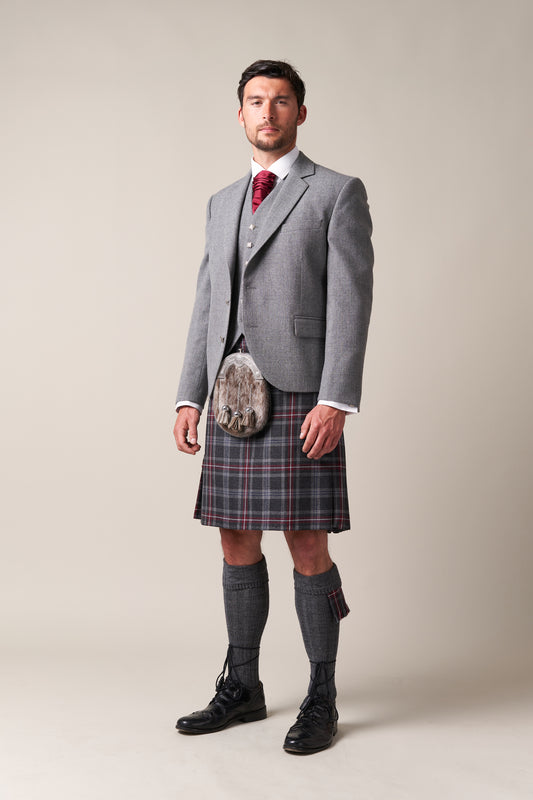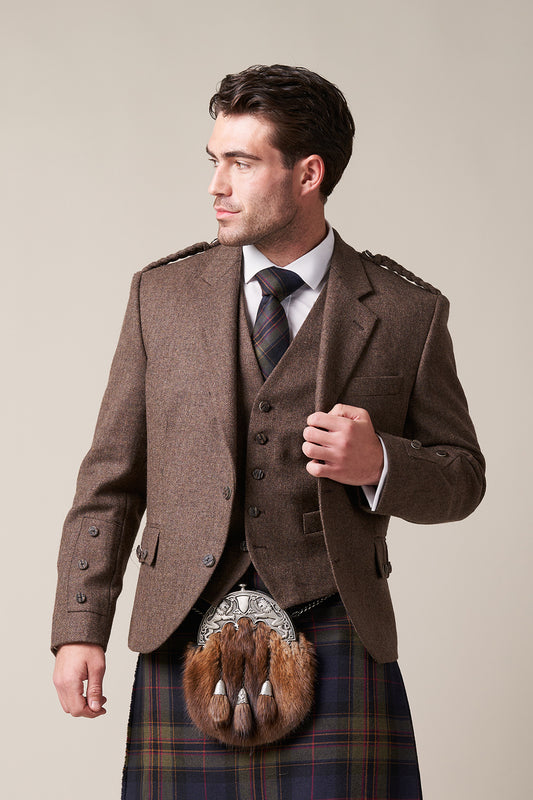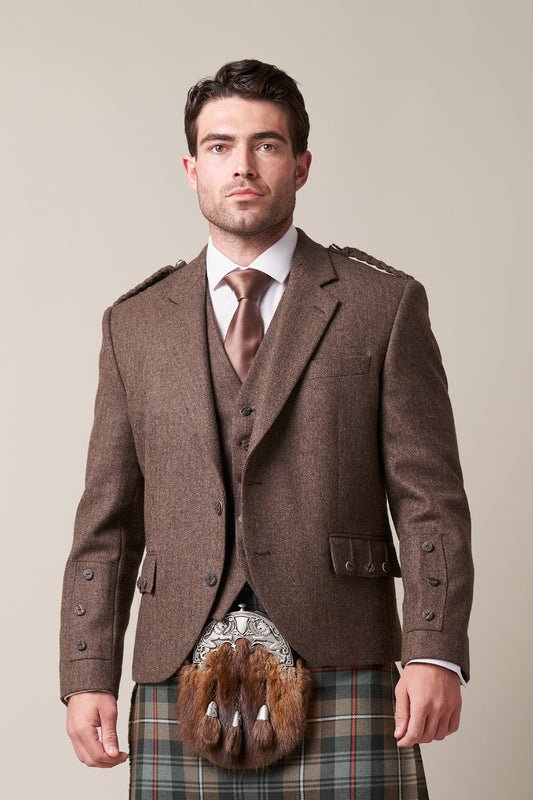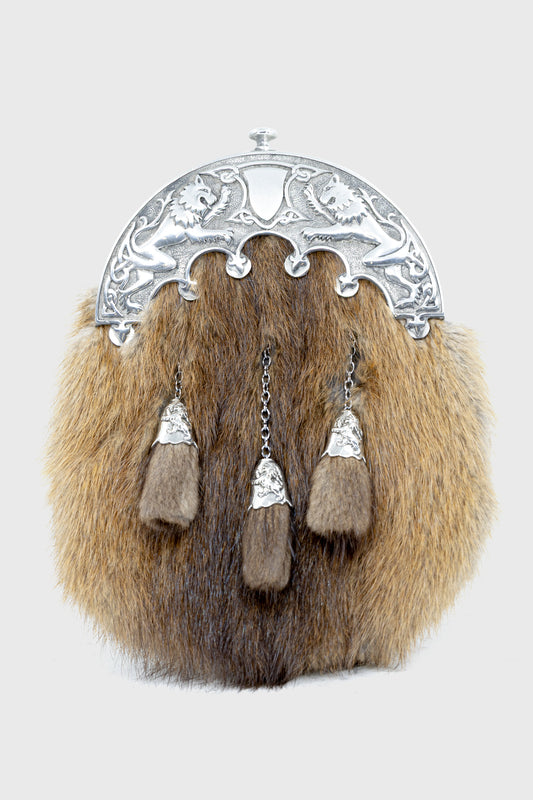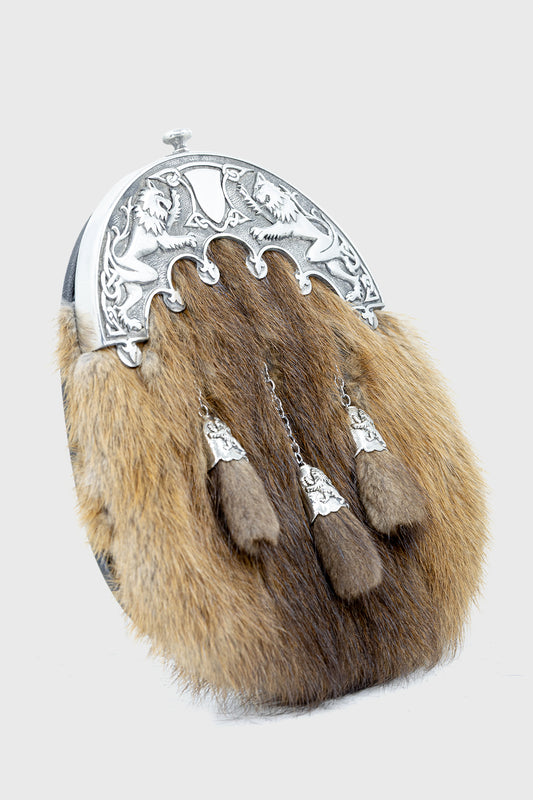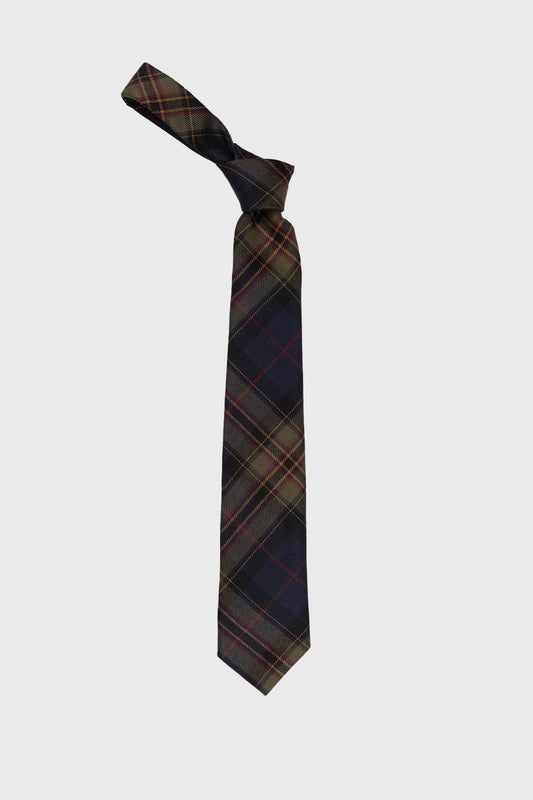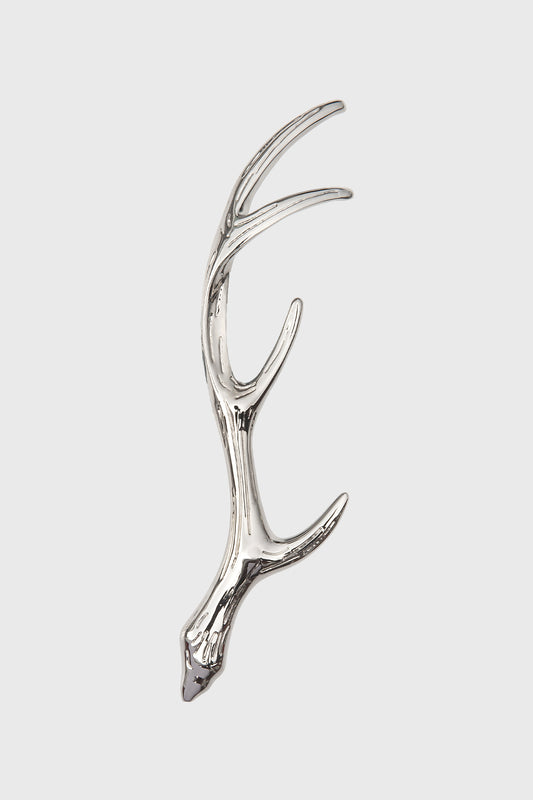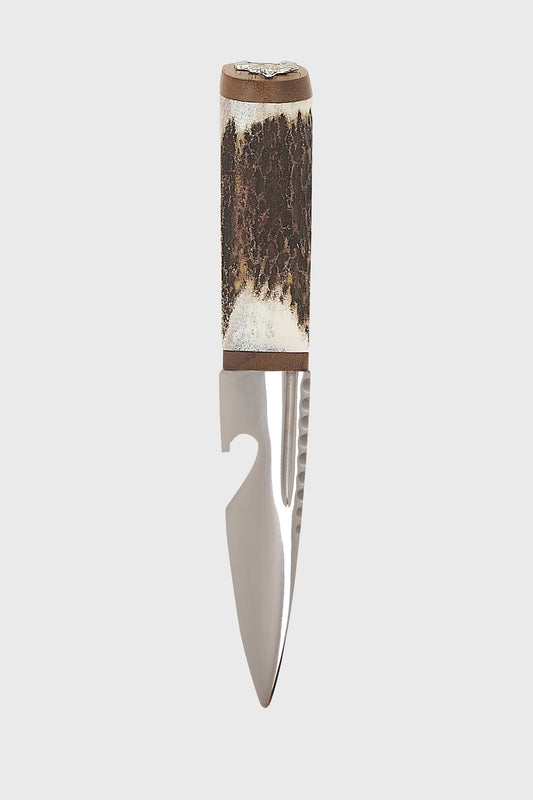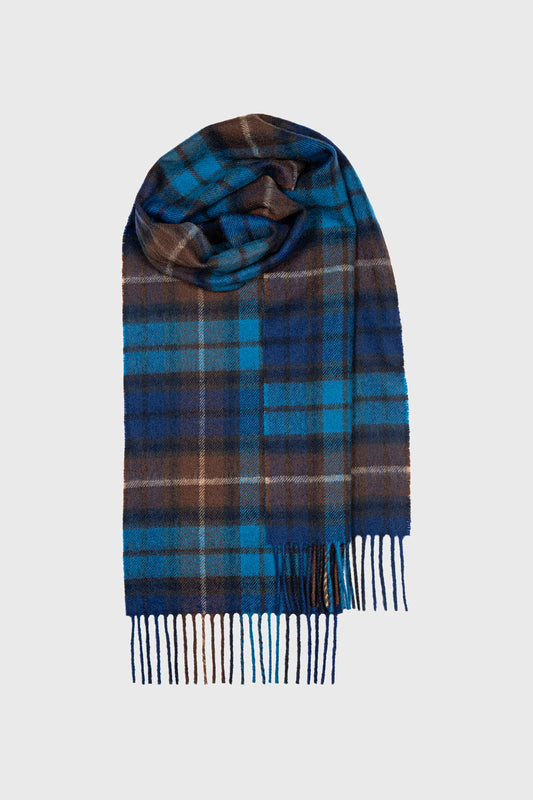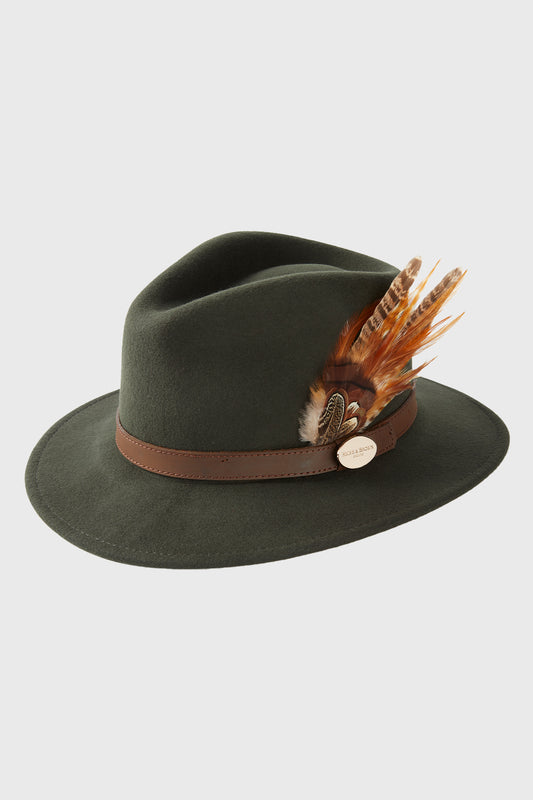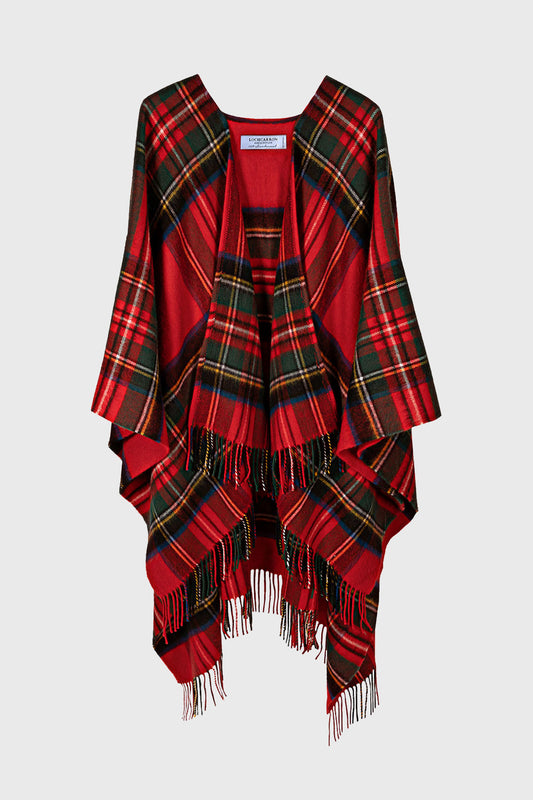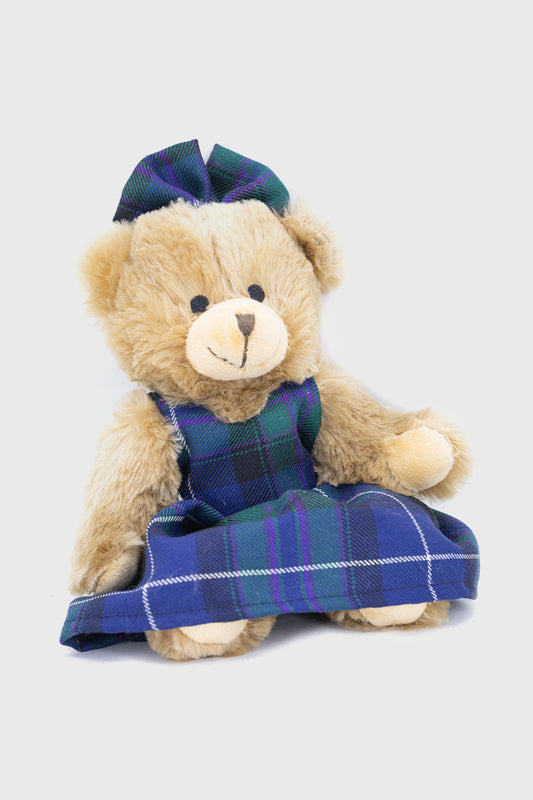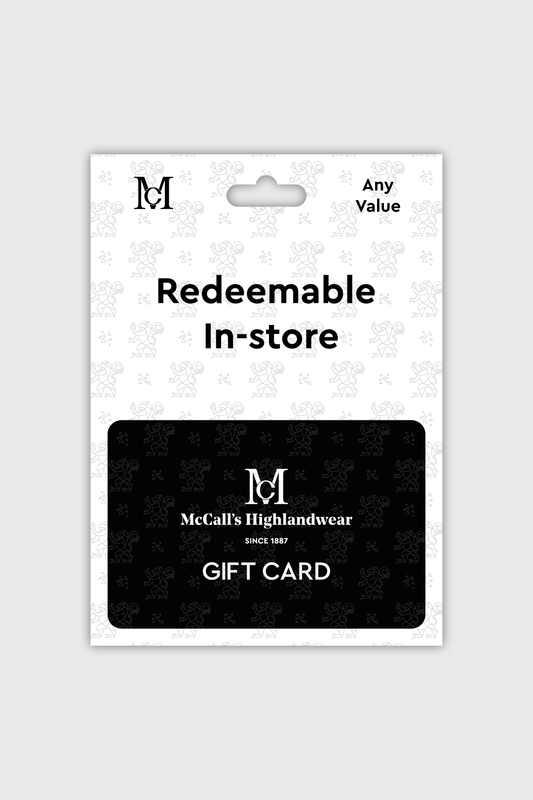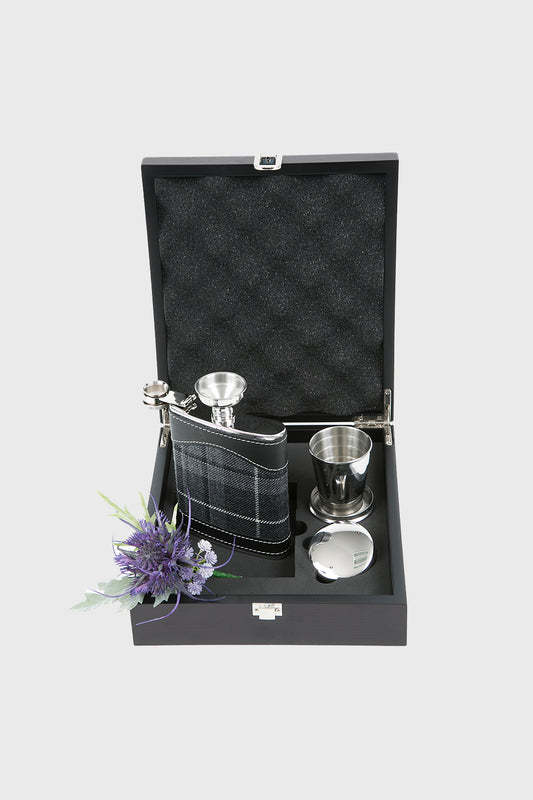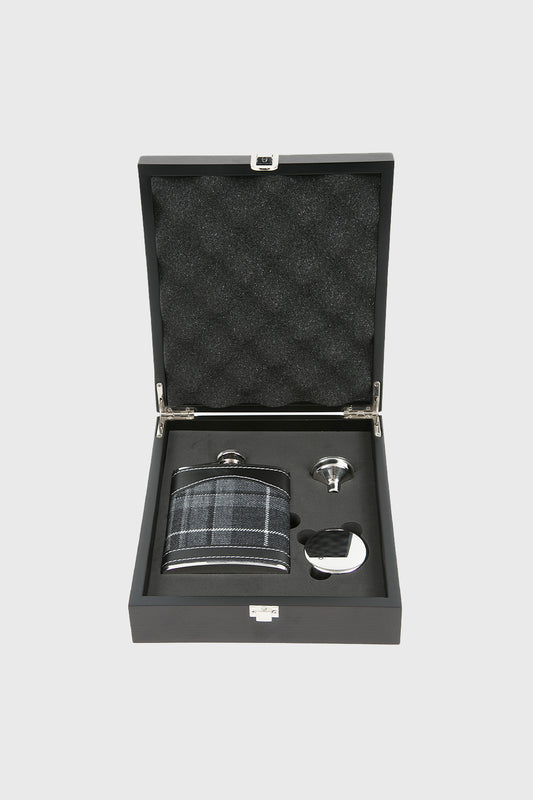News
News
The History of the Kilt Pin
The kilt pin is an accessory which is worn on the lower corner of a kilt. Kilt pins don’t just compliment a kilt, they are also very useful! As well as the special decorative touch to the outfit, kilt pins help to prevent the front of the kilt from opening.
Many decorative kilt pins feature clans symbols, national emblems or native animals and plants. More modern kilt pins often showcase personal interests or are personalised for the wearer. This pin for example, features a stag, a well-known animal in Scotland. This particular pin has a black chrome finish but is available in other varieties.
It is hard to know an exact time for when kilt pins were introduced into Scottish heritage as there are so many different stories! We know that the tradition of wearing a kilt pin was introduced during Queen Victoria’s reign, this was to stop the kilt apron from opening and ensure the wearers modesty was hidden.
The Queen gave her own brooch to a soldier who was having difficulty with his kilt during the wind. Following this, Queen Victoria brought in rules to ensure that all military kilts had a fastening. Although the soldiers wore kilt pins at this time, they did not fasten the layers of cloth together using the pins as this would change the way the material hung.
Many Scots used this as an opportunity to showcase their wealth, many spent a lot of money on accessories such as kilt pins as ornamentation was very important. Even those who were less well-off would spend a lot on kilt pins which contained precious stones within them.
The investment of a kilt pin was also used for practical reasons. If a clan member was to die, the silver accessories (including kilt pins) would cover the costs of their burial.
Kilt pins are available in a variety of colours, shapes, and sizes, appropriate for all occasions. The simplest style of pin is a large safety pin, which is suggested for sports dress. A more decorative pin would be suitable for formal day wear. A silver pin with a stone would typically be used for evening wear. The kilt pin can match the formality of any dress and occasion.
At McCalls we offer various kilt pins, suitable for all occasions!
This History of the Sporran
Sporrans haven’t always been for your hipflask and keys. They can be found back as early as the 12th century in the Scottish Highlanders outfits when kilts were only worn in the Highlands whereas now when they are worn across Scotland and the world.
Unlike now for the style and accessorising of the kilt sporrans were born out of a lack of pockets in kilts. These were used to hold precious items like coins and even as a lunch box for long journeys carrying food like oats. However, all of these are just theories like sporrans being used to hold kilts down in the wind before kilt pins were introduced.
The original sporrans were usually made from leather or skin specifically deerskin and calfskin, fortunately now there are a lot more restrictions on what skins can be used on sporrans. You can’t hop out to the woods and hunt something down yourself anymore. Sporrans also had a much more basic design than the types of sporrans we see now. They were closed with a drawstring top and only occasionally had the tassels we see on many sporrans now. Later in the 17th century is when we see the decorative sporrans with metal clasps on top as well as more extravagant skin choices as we can see often fox or horsehair would be used and sometimes even a badger’s head to look more threatening.
You could say sporrans still have a similar use now, carrying hip flasks with some whisky or snacks for during a wedding ceremony but they are definitely more styled and luxurious now.
There are two main types of Sporrans most worn, the day sporran and the dress sporran. Day sporrans are usually a brown leather, but change based on the skin from brown to black and oxblood red. Celtic designs can often be found engraved into the leather skin to create different designs as well as three leather tassels and a leather flap for closing the sporran. These day sporrans are the less formal options for sporrans and closest to the original 12th century ones, often worn to day events or sports games or relaxed style weddings. One of our favourite day sporrans is the saddle leather day sporran. This sporran is a stunning soft brown leather with a saddle style clasp.
Dress Sporrans are much more formal and closer to the 17th century sporrans. These are sometimes larger in size but always fancier in style. Dress sporrans are made from different skins like horse, rabbit, raccoon, highland cow, mink and the list goes on and on. These sporrans are adorned with a metal and sometimes silver cantle at the top with a solid clasp rather than a flap like the day sporran. Dress sporrans often are worn for formal occasions including weddings, dinners and graduations. This raccoon dress sporran is a fluffy statement dress sporran which can even be custom made to order with different cantles and tassel bell tops.
Statement sporrans like the full mask sporrans are the most elite of the elite in the sporran world. These sporrans are often fox heads, badger heads and sometimes mink heads. These sporrans are perfect for making a statement and linking back to traditional sporrans from back in the 17th century where badger heads were regularly used. A unique full mask sporran is this double mink mask sporran for a statement and a great talking point!
